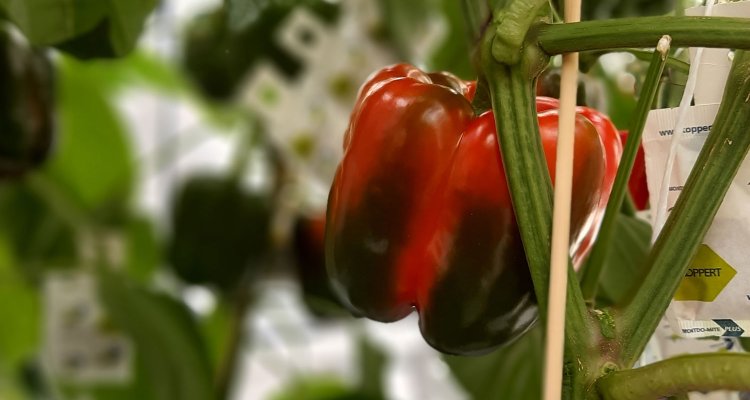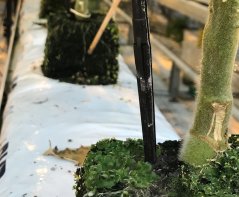
News
Composition and production of circular fertilizer
In the future, hardly any linear fertilizer will be used in horticulture: that is the wish of entrepreneurs, society and politicians. For example, the plastic coating of slow realizing fertilizer is expected to be banned in 2028. Business Unit Greenhouse Horticulture and Flower Bulbs of Wageningen University & Research investigates circular alternatives to fertilizer for horticulture and for consumers.
Fertilizers comes in roughly two forms in glasshouse horticulture: solid fertilizer, with slow releasing of nutrients, and soluble fertilizer, with quickly available nutrients. With solid fertilizer, a coating ensures that the nutrients are released slowly over time. This coating is usually made on the basis of fossil raw materials. This raw material will gradually have to be exchanged with circular materials, such as biobased and biodegradable polymers. In the 'Circular fertilizer greenhouse horticulture' project, research is being done into the composition of such a circular coating, and which technology can best be used for this. The first prototype of such a new coating will be tested in practice next year.
For liquid fertilisers, circular alternative comes with a challenge. Often they are rich of nutrients in organic form, which are therefore not quickly available for plants. A so-called bioreactor can be used to break down organic substances and to form quickly available nutrients. During the research, the best way to produce soluble fertilizer with this bioreactor will be examined. In addition to research into both forms of fertilizer, WUR is also investigating how different companies (such as growers and retailers) view the introduction of circular fertilizers.

The 'Circular fertilizer greenhouse horticulture' project is a public-private partnership with partners Evergreen Garden Care, Van der Knaap Group, Covestro and Bioenergy Netherlands and is co-financed by the Topsector Tuinbouw & Uitgangsmaterialen.